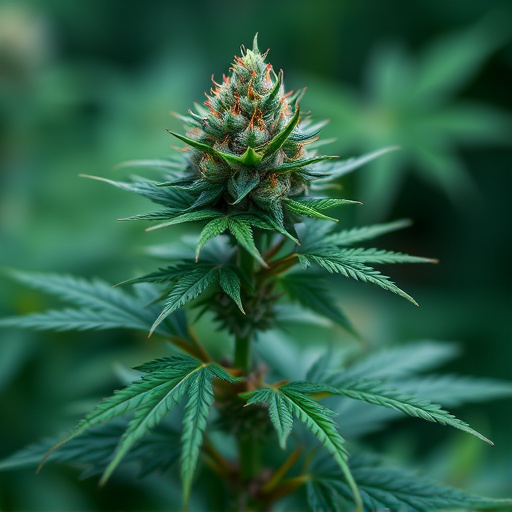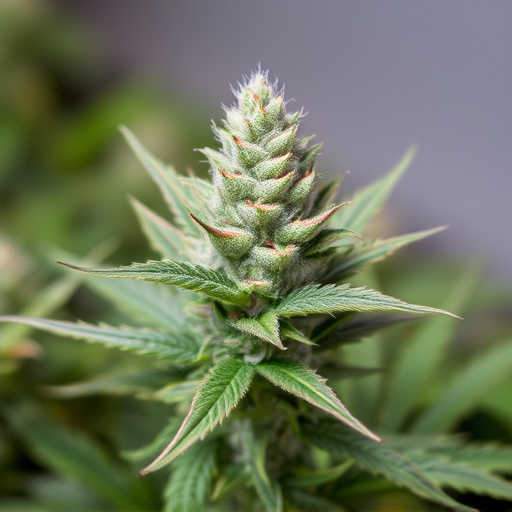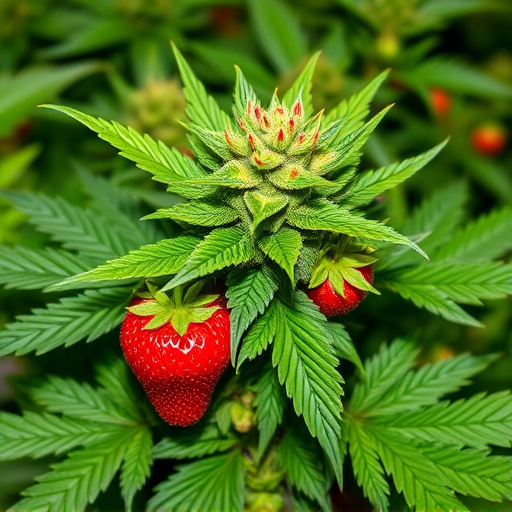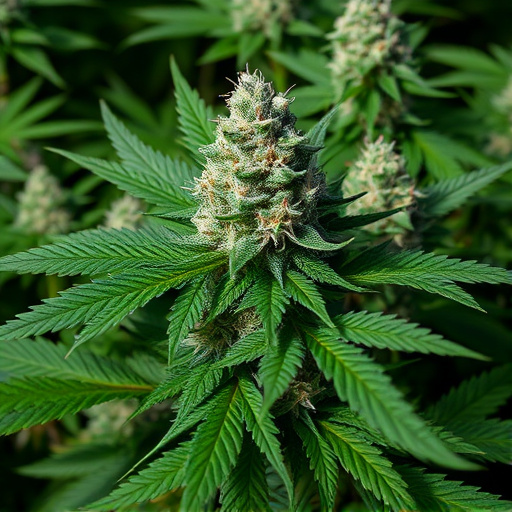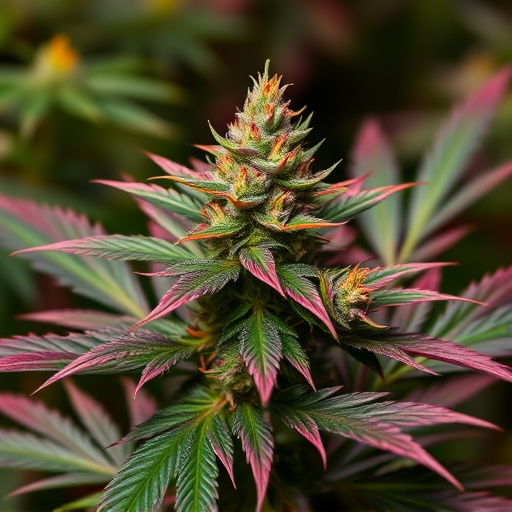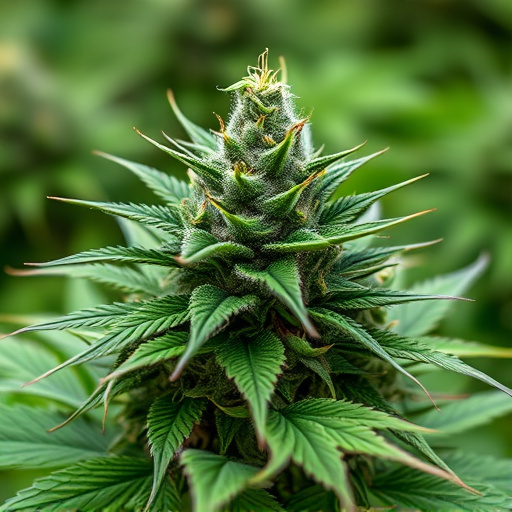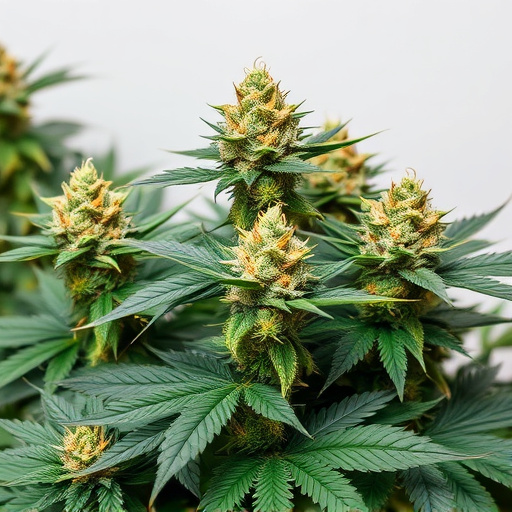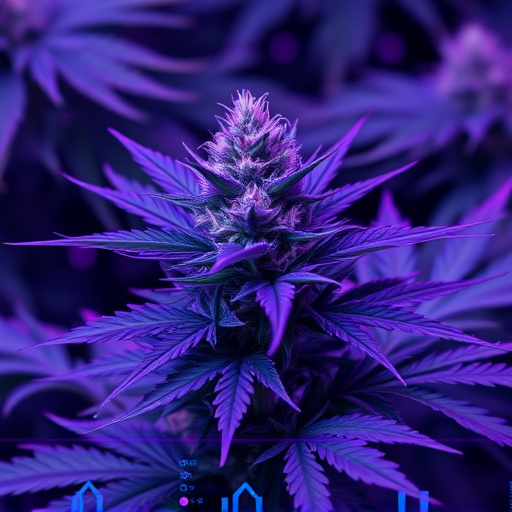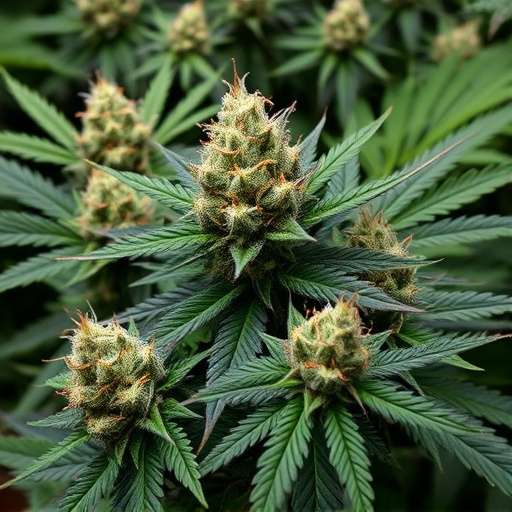Cannabis contains THC and CBD, offering various experiences and potential therapeutic benefits. Indica strains, known for their calming effects, contain high levels of THC and beneficial CBD, aiding sleep, muscle spasms, appetite, and pain management. Starting with low indica doses is recommended due to their sedating nature, balancing potential benefits with risks. Responsible use involves understanding individual tolerance, consulting healthcare providers, and monitoring short-term effects like cognition and heart rate.
“Cannabis, a complex plant with a rich history, has sparked debates regarding its safety and efficacy. This article explores whether a safe dosage limit exists for cannabis use, delving into its unique compounds and varying effects. We’ll dissect the properties of indica cannabis strains, known for their potential therapeutic benefits, and provide insights on responsible usage. By understanding the plant’s composition and individual responses, users can make informed decisions, especially when considering the growing popularity of indica strains in today’s market.”
- Understanding Cannabis Compounds and Effects
- Indica Cannabis Strains: Properties and Potential Benefits
- Setting Safe Dosage Limits for Responsible Use
Understanding Cannabis Compounds and Effects
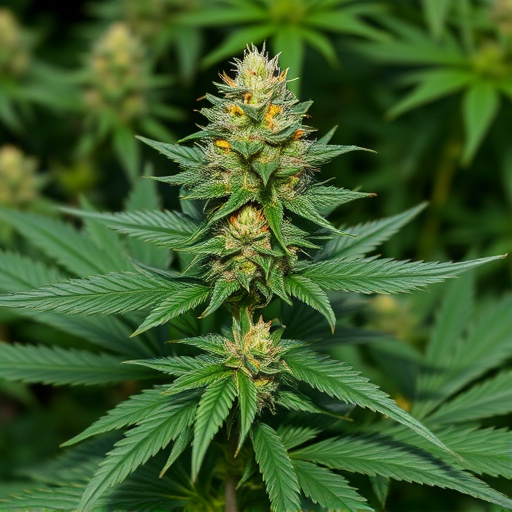
Cannabis is a complex plant containing various compounds, with tetrahydrocannabinol (THC) and cannabidiol (CBD) being the most well-known. THC is responsible for the plant’s psychoactive effects, inducing feelings of euphoria and relaxation, while CBD does not produce these effects but offers potential therapeutic benefits, such as pain relief and reduced anxiety. The effects of cannabis can vary widely depending on several factors, including the individual’s tolerance, metabolism, and overall health. Additionally, the strain type, or whether it leans towards indica cannabis strains known for their sedating properties or sativa varieties with more energizing effects, plays a significant role in determining the user’s experience.
Understanding these compounds and their interactions within the body is crucial when considering safe dosage limits. Different cannabis products, such as edibles, concentrates, and various forms of consumption, have varying potencies and delivery methods, making it essential for users to educate themselves about potential outcomes. While there might not be a universal safe dosage, starting with low amounts and gradually increasing can help individuals gauge their tolerance and find the right balance for their needs, ensuring a positive and controlled cannabis experience.
Indica Cannabis Strains: Properties and Potential Benefits
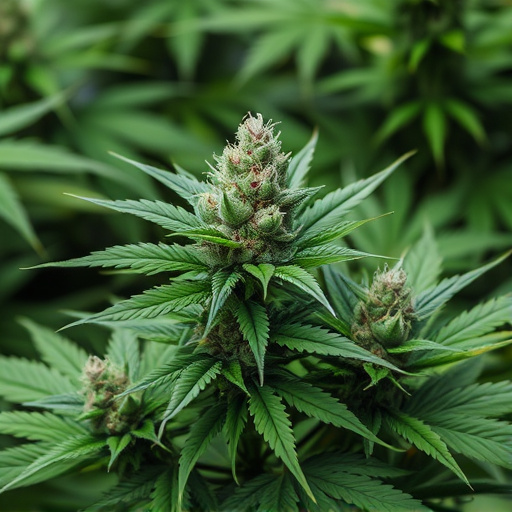
Indica cannabis strains are renowned for their calming and relaxing effects, making them a popular choice among users seeking relief from stress, anxiety, and insomnia. These strains are characterized by higher levels of tetrahydrocannabinol (THC), the compound responsible for most of cannabis’ psychoactive properties. However, they also contain beneficial cannabidiol (CBD), which doesn’t produce a “high” but has been linked to anti-inflammatory, antianxiety, and analgesic effects.
Indica plants tend to be shorter and bushier with wider leaves, and their flowers are known for dense, sticky buds. The potential benefits of indica strains include improved sleep quality, reduced muscle spasms, enhanced appetite, and pain management. Given their sedating nature, it’s recommended to consume indica cannabis strains in lower doses, especially for beginners or those using cannabis for medicinal purposes. Safe dosage limits vary based on individual tolerance and desired effects, highlighting the importance of starting small and gradually increasing as needed.
Setting Safe Dosage Limits for Responsible Use
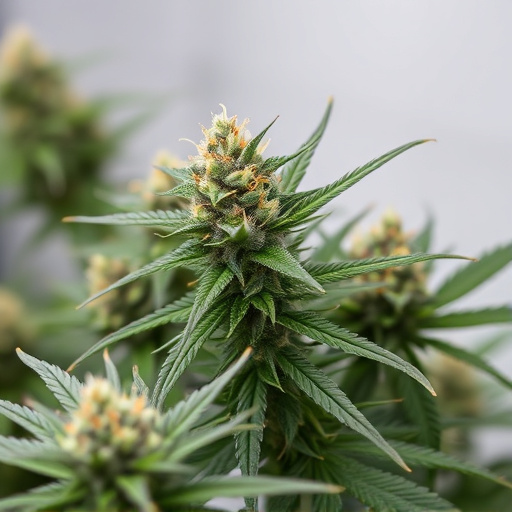
Setting safe dosage limits for responsible cannabis use is a complex task, given its diverse chemical profile and varying effects on individuals. Scientists and healthcare professionals are working to establish guidelines that balance potential benefits with risks. For example, Indica cannabis strains, known for their relaxing and sleep-inducing properties, may be suitable for evening use to promote rest. However, the active compounds THC and CBD have variable potencies and interactions in the body, making it challenging to pinpoint universal safe limits.
Responsible use involves understanding individual tolerance, starting with low doses, and gradually increasing as needed. It’s crucial to consult healthcare providers, especially for those with pre-existing conditions or taking other medications. Additionally, monitoring short-term effects like cognition, mood, and heart rate is essential. By adopting a measured approach and staying within safe dosage ranges, users can maximize the potential therapeutic benefits of indica cannabis strains while minimizing adverse reactions.
While research on cannabis continues to evolve, setting precise safe dosage limits remains challenging. Understanding the complex interplay between cannabinoids, terpenes, and individual biochemistry is crucial. Indica cannabis strains, known for their relaxing properties, offer potential therapeutic benefits for certain conditions. However, responsible use necessitates knowledge and caution. Further studies are needed to establish universally accepted guidelines, emphasizing that moderation and personal tolerance are key principles for safe cannabis consumption.





